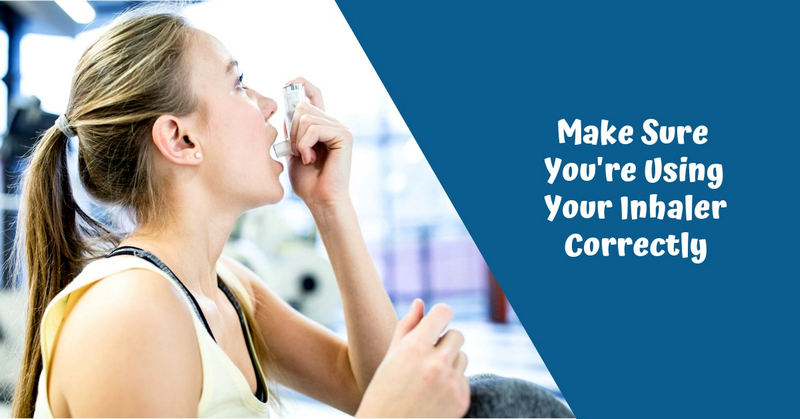Advices with Using Inhalers
Inhalation is the method of administering drugs to the body through the inhalation of steam, liquid aerosols, gaseous substances and the smallest particles of powders. The advantage of inhalation is obvious: rapid absorption of drugs, direct effects on the respiratory system, as well as the absence of side effects compared with injections, tablets. By delivering drugs directly to the respiratory system, inhalation helps to reduce swelling of the mucous membranes, relieve inflammation, stop coughing episodes, and promote sputum discharge. Inhalation treatment can be indicated in the case of tonsillitis, runny nose, bronchitis, allergies, pharyngitis, asthma attacks, as well as bacterial and fungal diseases of the respiratory tract. In this article, we will describe how to properly inhale in everyday conditions and what means to use for this.
How to use the inhaler?
Before you use the inhaler for its intended purpose, you first need to carefully study the instructions to prevent annoying errors that will lead either to equipment breakdown or to reduce the effectiveness of inhalation treatment. The technique of using different types of inhalers may differ slightly, but there are some common features of using this device.
- Make sure your mouth is clean. You do not need to brush your teeth. You just have to rinse your mouth. This means that you should not use an inhaler while eating food. Also, if you have just eaten, clear the mouth of food debris;
- Place your index finger on top of the metal can. Do not press too hard, otherwise, you will spend the dose in vain;
- Place your thumb on the bottom of the inhaler, the index finger still remains on top of the metal can, do not press hard. Keep this position;
- Remove the cap from the mouthpiece;
- Shake the inhaler. Do not shake it too much, otherwise, the balloon will fall out;
- Exhale;
- Place the mouthpiece between the lips;
- Sharply press the metal can with your index finger taking one breath;
- After you take one breath, remove your finger from the can and remove the mouthpiece from the mouth;
- Hold your breath for at least 10 seconds, then exhale;
- If the doctor has prescribed another dose, repeat steps 3-12;
- When you’re done, cover the mouthpiece and place the inhaler in a dry place.
What rules must be observed when using such devices?
Inhalation will give the desired effect after a few procedures. However, not everyone knows how to use an inhaler properly. There are a number of rules that cannot be neglected:
- Inhalation should be started 1-1.5 hours after meals and serious physical exertion;
- during the procedure, you should not be distracted by reading and conversation;
- clothing should not restrain the neck area in order not to obstruct breathing;
- smoking is not recommended during inhalation therapy;
- if you have diseases of the nasopharynx, nose, or paranasal sinuses, it is recommended to carry out nasal inhalation (inhaling the aerosol through the nose) using a mask;
- If your inhaler has a dose counter, do not use it when the counter reads 000, otherwise, you will not get enough medicine;
- Do not pierce the metal can.
- Some inhalers may cause hoarseness and oral candidiasis – flush your mouth with water after using the inhaler;
- If your child is going to use the inhaler, you should help him do it for the first time;
- If the doctor recommended using a spacer, simply place the spacer on the inhaler and do the same;
- Before inhalation, you should not take drugs that improve the discharge of sputum, as well as rinsing the mouth with antiseptic agents;
- Eating, drinking and talking is prohibited for 15-20 minutes after inhalation;
- You can carry out inhalation with drugs up to 3 times a day.
In which cases you should not use inhalers?
Contraindications to inhalation:
Do not use the device if you have the following symptoms:
- fever (more than 37.5° Celsius), dizziness, low blood pressure;
- acute pneumonia, colds, accompanied by a strong cough;
- hypertension, cardiovascular problems, heart failure.
Compliance with simple rules of inhalation will help alleviate the condition and speed up recovery.
